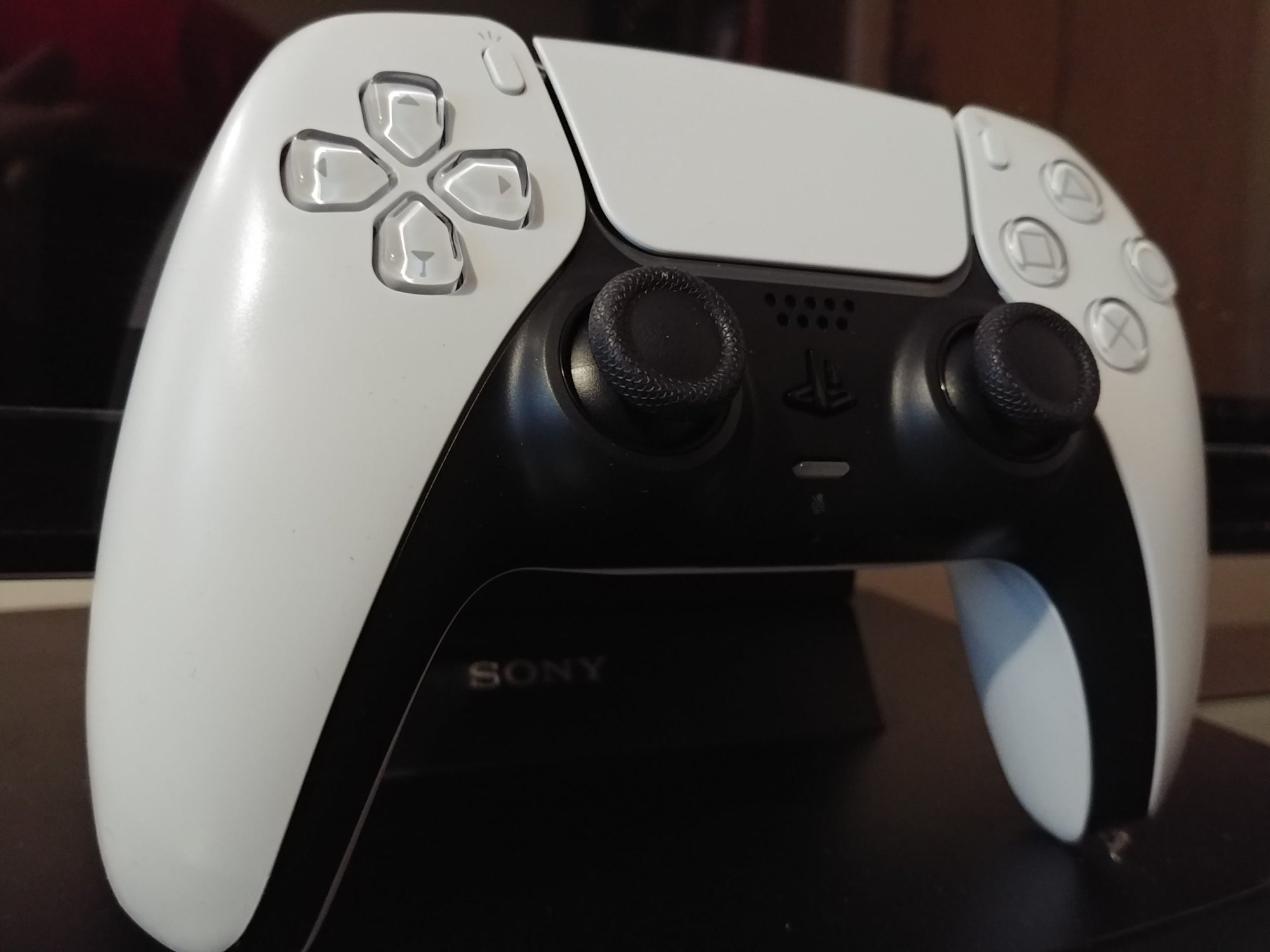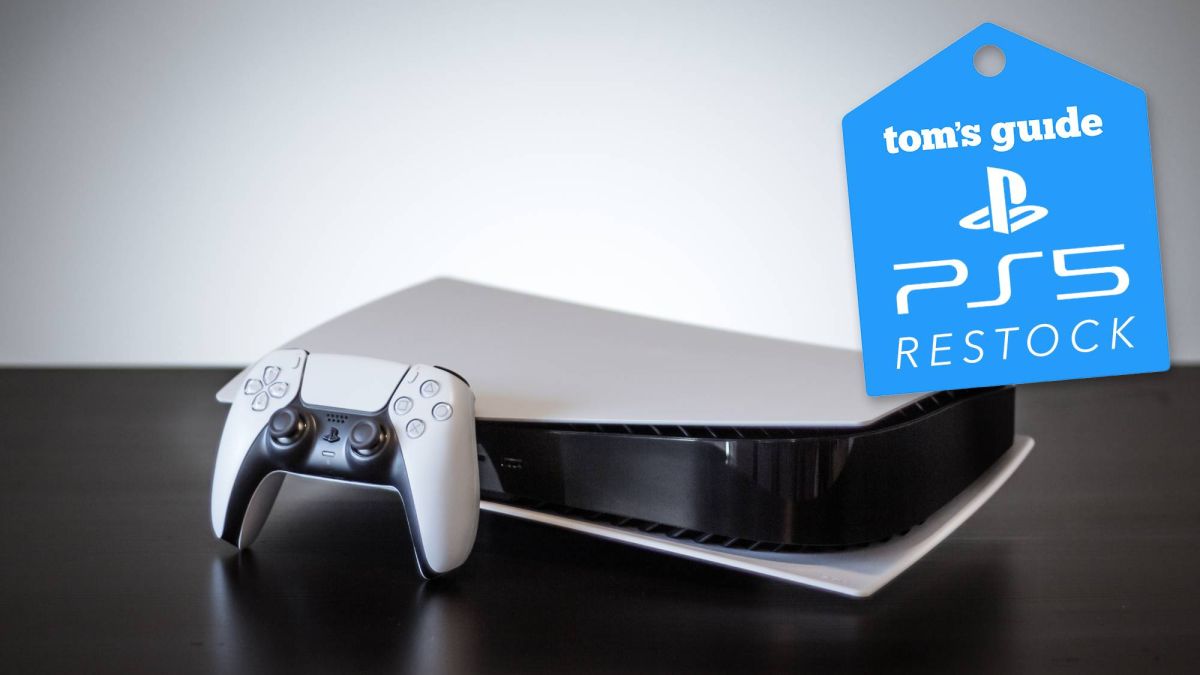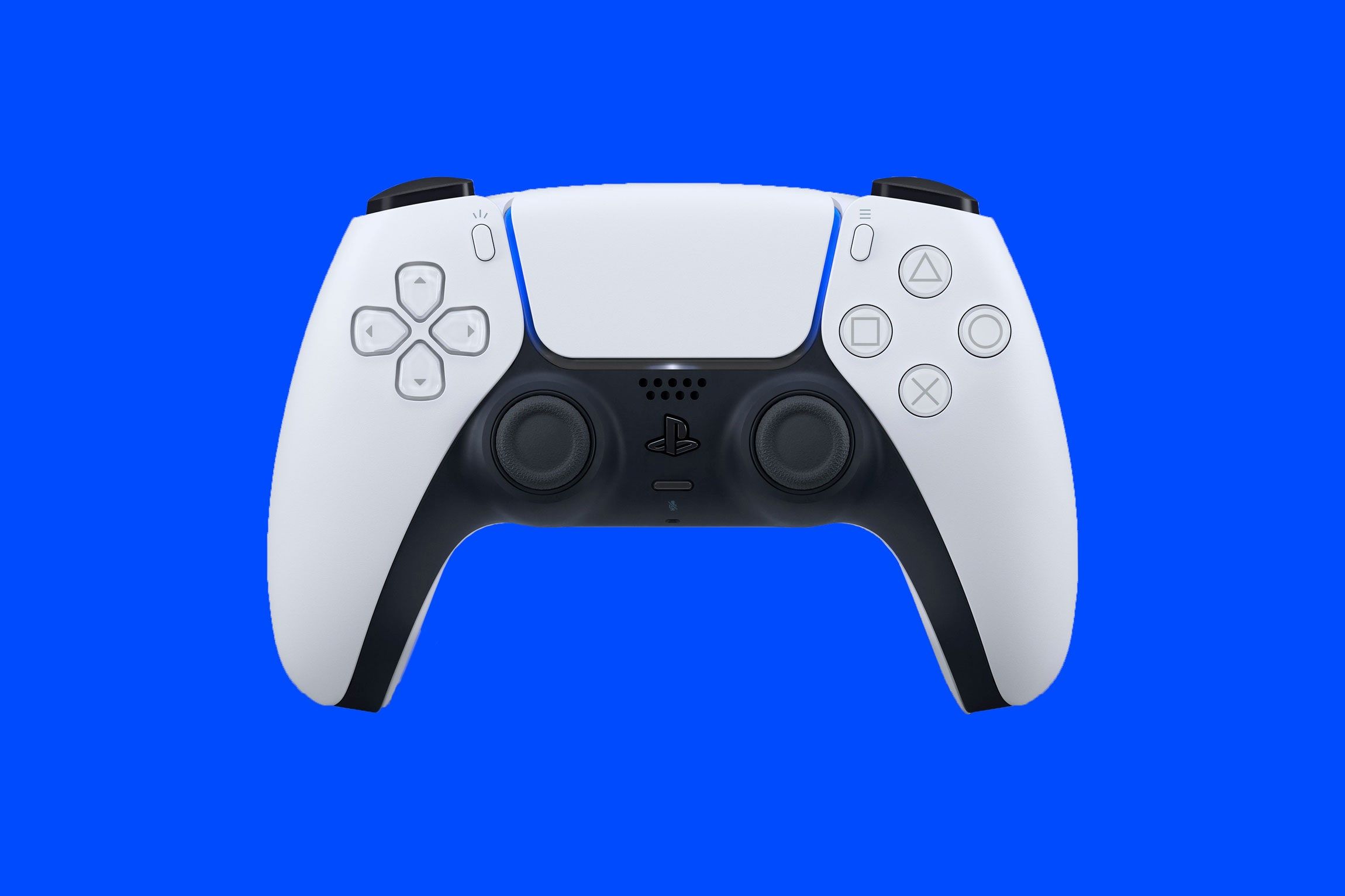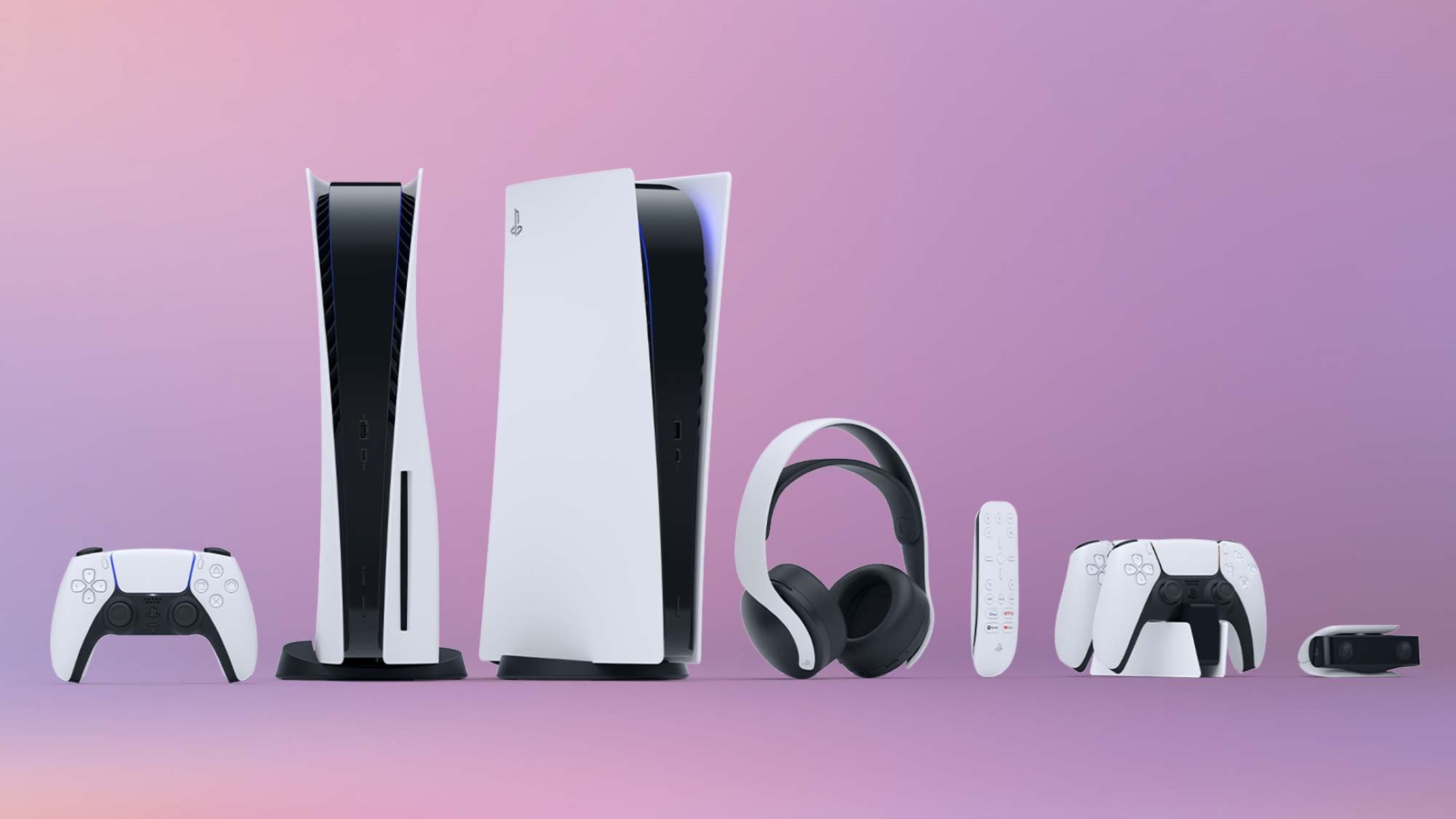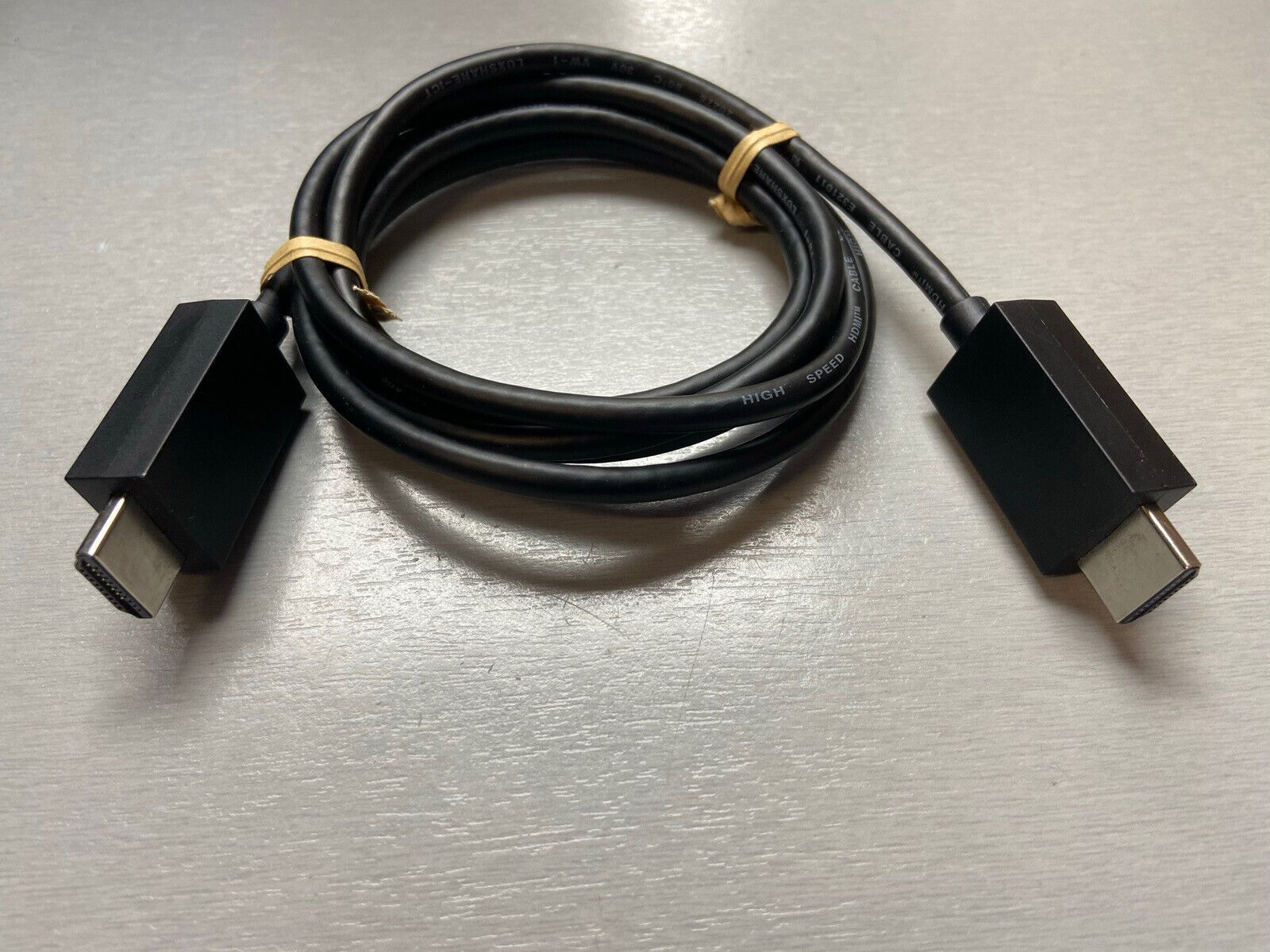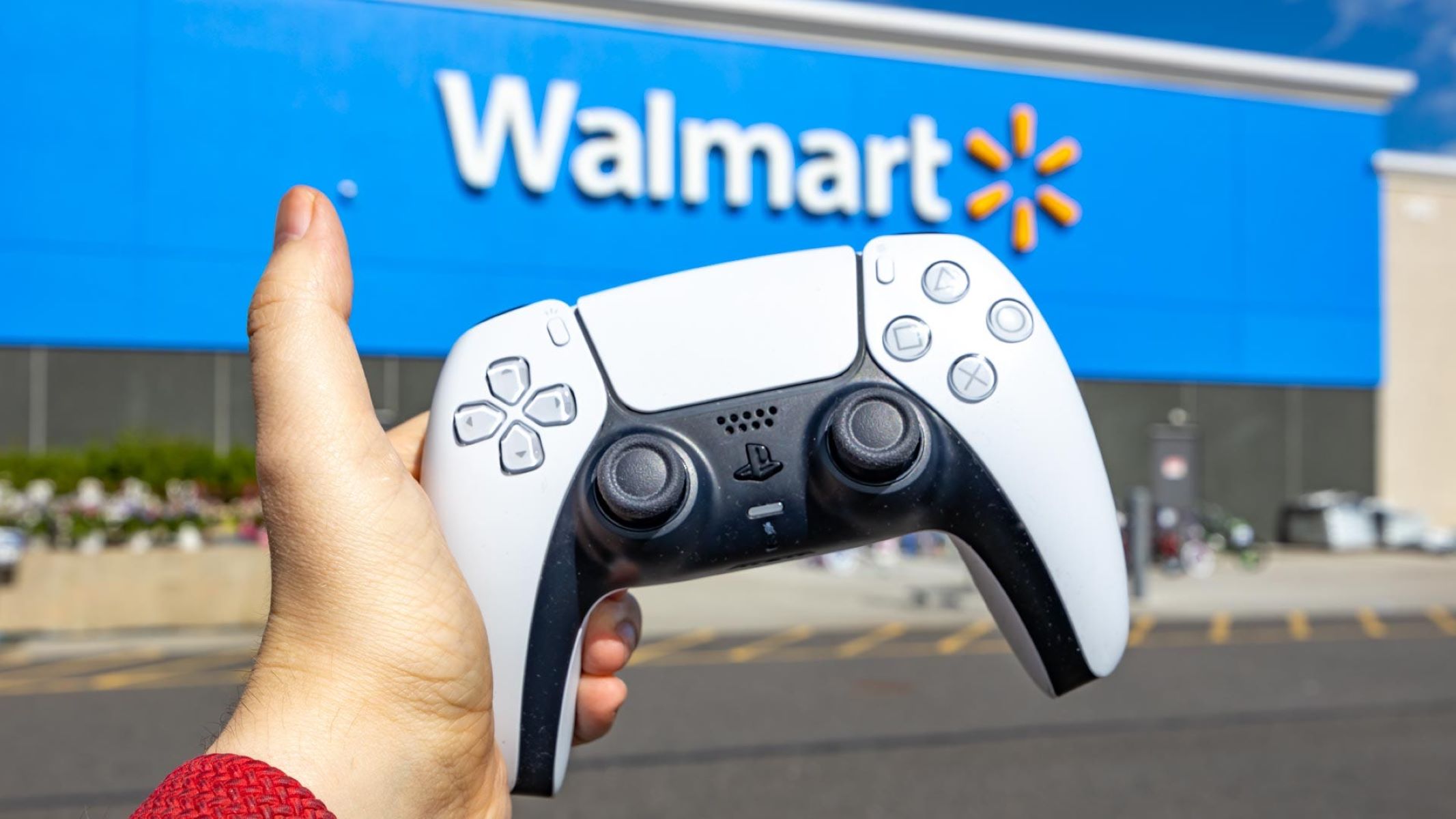Introduction
With the release of the highly anticipated PlayStation 5 (PS5), gaming enthusiasts are buzzing with excitement. As gamers eagerly await their chance to play the latest titles on this cutting-edge console, one question has been on the minds of many: How many bits is the PS5?
Understanding the concept of “bits” is crucial in the world of gaming consoles. It refers to the number of binary digits, either 0 or 1, that a processor can handle at once. It plays a significant role in determining a console’s performance, graphics capabilities, and overall gaming experience. In the past, the number of bits a console possessed was a key selling point, as higher bit numbers were often associated with improved visuals and enhanced gameplay.
As technology evolves, the significance of bits has evolved as well. With advancements in processors and graphics cards, the focus has shifted from raw bit numbers to other factors like clock speed, memory, and architecture. But the question of how many bits the PS5 has still sparks curiosity among gamers, especially those who have fond memories of the bit wars of the past.
In this article, we will explore the PS5’s processor architecture and delve into the mystery of how many bits it truly possesses. We will also compare it to previous console generations and debunk common misconceptions about the importance of bits in determining gaming console performance. Finally, we will discuss the impact of bits on graphics and the overall gaming experience. So, let’s dive into the fascinating world of console technology and unravel the bit mystery of the PS5!
Understanding bits in gaming consoles
Before we delve into the specifics of the PS5’s bit architecture, it’s essential to understand the significance of bits in gaming consoles. In the world of computing, a bit represents the smallest unit of data that a computer can process. It can have two possible values: 0 or 1.
When it comes to gaming consoles, bits refer to the number of binary digits that a console’s processor can handle simultaneously. This has a direct impact on the console’s capabilities, as a higher number of bits allows for more complex calculations and data processing, resulting in improved graphics, faster load times, and smoother gameplay.
In the early days of gaming consoles, the number of bits a console had was a crucial factor for performance and graphical prowess. The bit wars, most notably between the Sega Genesis (16-bit) and the Super Nintendo Entertainment System (SNES) (16-bit), captured the attention of gamers worldwide. The higher the number of bits, the more advanced and detailed the graphics and sounds a console could produce.
However, as technology progressed, the importance of bits diminished. Today, console manufacturers focus on other aspects, such as clock speed, memory capacity, and GPU performance, to deliver cutting-edge gaming experiences. Modern consoles, including the PS5, have shifted their attention to these factors, making the discussion of bits less prominent.
While bits may not be the sole indicator of a console’s performance, they still play an integral role in determining the overall capabilities and potential of a gaming system. It is essential to have a basic understanding of bits to appreciate the advancements and potential of the PS5.
Now that we have a grasp on the significance of bits in gaming consoles, let’s explore the specific processor architecture of the PS5 and answer the burning question of how many bits it truly possesses.
The significance of bits in determining console performance
While the importance of bits may have diminished in recent years, they still hold relevance when it comes to determining console performance. The number of bits a console possesses directly influences various aspects of its capabilities, including graphics, processing power, and memory capacity.
One of the significant advantages of having a higher number of bits is the ability to process larger amounts of data at once. This means that consoles with a higher bit count can handle more complex calculations, leading to more detailed and immersive graphics. For example, a 32-bit console can display 2^32 (4,294,967,296) unique colors, while a 64-bit console can render an astonishing 2^64 (18,446,744,073,709,551,616) colors.
Besides graphics, the bit count also affects the console’s processing power. Higher-bit processors can handle more instructions and perform operations more quickly and efficiently. This translates into faster load times, seamless gameplay, and the ability to handle more advanced artificial intelligence in games.
Memory capacity is another area where the significance of bits becomes apparent. The number of bits determines the maximum amount of RAM that a console can support. A higher bit count allows for a larger address space, meaning that consoles with more bits can access and utilize larger amounts of memory. This enables developers to create more expansive and graphically intensive games.
However, it’s important to note that console performance is not solely determined by the number of bits. Other factors like clock speed, GPU performance, and overall system architecture also come into play. For example, the PS5 features a custom AMD Zen 2 processor with an impressive clock speed and a powerful GPU, which contribute to its high-performance capabilities.
As technology continues to advance, the significance of bits in determining console performance may continue to diminish. Console manufacturers are increasingly focusing on optimizing various components and improving overall system efficiency to deliver exceptional gaming experiences. Nonetheless, understanding the role of bits can provide valuable insights into a console’s capabilities and potential.
Now that we understand the significance of bits, let’s delve into the specific processor architecture of the PS5 to uncover the truth about how many bits it truly possesses.
Exploring the PS5’s processor architecture
The PS5 boasts an impressive processor architecture that contributes to its high-performance capabilities. This next-generation console from Sony is powered by a custom AMD Zen 2 processor with eight cores and sixteen threads, based on 7nm technology. This processor architecture sets the foundation for the console’s power and efficiency.
But what about the bit count? To determine the bit count of the PS5, we need to examine the processor architecture more closely. The AMD Zen 2 architecture used in the PS5 is 64-bit, which means that it is designed to handle data in 64-bit chunks or binary digits. This indicates that the PS5 is indeed a 64-bit console.
While the bit count is an essential aspect of the PS5’s processor architecture, it is not the sole indicator of its performance capabilities. The Zen 2 architecture also features advanced features like simultaneous multithreading (SMT), which allows each of the console’s eight cores to handle two threads simultaneously. This feature enhances overall CPU performance and enables better multitasking capabilities.
In addition to the AMD Zen 2 processor, the PS5 also features a custom graphics processing unit (GPU) based on AMD’s RDNA 2 architecture. The GPU delivers stunning visuals and supports hardware-accelerated ray tracing, allowing for more realistic lighting and reflections in games.
Furthermore, the PS5 incorporates a solid-state drive (SSD) as its primary storage, which significantly improves load times and enhances the overall gaming experience. The combination of a powerful CPU, advanced GPU, and high-speed SSD makes the PS5 a formidable gaming console.
While the PS5 possesses a 64-bit processor architecture, it’s important to note that the overall performance of the console is determined by multiple factors working in harmony. The console’s impressive hardware components, combined with innovative software optimizations designed specifically for the PS5, result in exceptional gaming experiences.
Now that we have ascertained the bit count of the PS5, it’s time to dive into the specifics of how many bits it truly possesses.
Unraveling the bit mystery: How many bits is the PS5?
The question of how many bits the PS5 truly possesses has generated considerable curiosity among gamers. While we have established that the PS5’s processor architecture is 64-bit, this does not necessarily mean that the console is strictly limited to processing data in 64-bit chunks. It’s important to clarify that the concept of bits extends beyond just the processor architecture.
The PS5, like many modern gaming consoles, operates in a hybrid mode. While it has a 64-bit processor architecture, it also supports 32-bit and 16-bit operations. This means that the console is capable of processing data in various bit sizes, depending on the requirements of the task at hand. The ability to accommodate different bit sizes provides flexibility and compatibility with a wide range of games and software.
By supporting 32-bit and 16-bit operations, the PS5 ensures backward compatibility with games and applications that were designed for previous console generations. These older games may use lower bit sizes, and the console’s ability to handle them seamlessly allows gamers to enjoy a diverse library of titles.
Furthermore, game developers have the freedom to optimize their software for the PS5’s specific architecture, taking advantage of its 64-bit capabilities and the advanced features offered by the AMD Zen 2 processor and RDNA 2 GPU. This results in enhanced performance, improved visuals, and more immersive gameplay experiences.
So, the answer to the question of how many bits the PS5 is can be more accurately described as a hybrid system. While the processor architecture is 64-bit, the console supports 32-bit and 16-bit operations as well, ensuring compatibility with a wide range of games and software.
It’s worth reiterating that the bit count is no longer the sole determinant of a console’s performance or graphical capabilities. Modern consoles, including the PS5, are the result of a combination of advanced hardware components, software optimizations, and overall system architecture. The PS5’s 64-bit processor architecture, coupled with its powerful GPU, high-speed SSD, and innovative features, sets the stage for an exceptional gaming experience.
Now that we have unraveled the bit mystery of the PS5, let’s move on to comparing its bit count to previous console generations to gain a better understanding of its position in the gaming landscape.
Comparing the PS5’s bits to previous console generations
When discussing the bit count of the PS5, it’s essential to compare it to previous console generations to gain a broader perspective. Earlier consoles were known for their distinct bit counts, which played a significant role in determining their capabilities. Let’s explore how the PS5’s bit count compares to its predecessors.
Historically, gaming consoles have been categorized based on their bit count, with notable examples including the 8-bit Nintendo Entertainment System (NES), the 16-bit Sega Genesis, and the 64-bit Nintendo 64. These consoles utilized their respective bit counts to deliver unique gaming experiences at the time.
With the advent of newer generations of consoles, the focus on bit count gradually shifted towards other factors like clock speed, GPU performance, and overall system architecture. However, the bit count still holds importance, serving as a foundation for a console’s capabilities.
Comparing the PS5 to its immediate predecessor, the PlayStation 4 (PS4), reveals an evolution in bit count and performance. The PS4 featured an 8-core x86-64 AMD Jaguar processor, which is also 64-bit. While the bit count remains the same, the PS5’s custom AMD Zen 2 processor boasts significant architectural improvements, leading to substantially enhanced performance and efficiency.
When compared to consoles like the Nintendo Switch, which utilizes an NVIDIA Tegra X1 SoC, the PS5’s 64-bit architecture presents a significant leap forward in processing power. The ability of the PS5 to handle data in larger 64-bit chunks enables more complex calculations and supports more advanced graphical capabilities.
It’s important to note that while the bit count is an important factor, the overall performance of a console relies on multiple components working together. The PS5’s 64-bit processor architecture, combined with its powerful GPU, high-speed SSD, and other innovative features, places it at the forefront of gaming technology.
As console technology continues to evolve, the significance of bit count may further diminish. However, it remains a foundation upon which powerful gaming experiences are built. The PS5’s 64-bit architecture ensures compatibility with previous console generations while allowing for advancements in performance and graphical capabilities.
Now that we have compared the PS5’s bit count to previous console generations, let’s dispel some common misconceptions about the importance of bits in gaming consoles.
Debunking common misconceptions about bits and gaming consoles
When it comes to discussing bits in gaming consoles, there are several misconceptions that have persisted over the years. Let’s take a closer look at these misconceptions and debunk them to gain a better understanding of the true importance of bits in console gaming.
Misconception 1: Higher bit count always means better graphics
While it is true that consoles with higher bit counts were often associated with improved graphics in the past, this correlation no longer holds true in modern gaming consoles. Graphics quality is now determined by a combination of factors, including GPU capability, dedicated graphics memory, and software optimization. A high bit count alone does not guarantee superior graphics.
Misconception 2: Bit count determines a console’s overall performance
The bit count is just one component in determining a console’s performance. Clock speed, GPU performance, memory capacity, and overall system architecture all play integral roles in delivering a smooth gaming experience. Console manufacturers focus on optimizing these components to achieve the best performance, rather than solely relying on the bit count.
Misconception 3: Higher bit count means more compatible games
The bit count does not solely determine a console’s game compatibility. Modern consoles, including the PS5, support backward compatibility through emulation or other mechanisms, allowing for the playability of games from earlier generations. Compatibility is achieved through software and hardware optimizations, rather than relying solely on the bit count.
Misconception 4: Bit count is the only measure of a console’s technological advancement
While bit count was once a primary measure of technological advancement, console technology has evolved significantly. Today, advancements in processors, graphics cards, and memory capacity contribute to a console’s overall capabilities. Focusing solely on the bit count fails to capture the full range of technological advancements and optimizations that modern consoles offer.
Misconception 5: Bit count is the ultimate factor in game performance and gameplay experience
While bit count does impact a console’s performance, it is just one aspect of the equation. A well-optimized console with a balanced combination of hardware and software can deliver impressive performance and a compelling gameplay experience, regardless of the bit count. Factors such as frame rate, resolution, loading times, and game design all contribute to the overall gaming experience.
By debunking these common misconceptions, we can better understand that the importance of bits in gaming consoles is influenced by a multitude of factors. While bit count remains a technical aspect of console architecture, it is not the sole indicator of a console’s capabilities or the quality of its gaming experience.
Now that we have dispelled these misconceptions, let’s explore the impact of bits on graphics and the overall gaming experience.
How do bits impact graphics and overall gaming experience?
While the importance of bits in determining console performance has evolved over the years, they still have an impact on graphics and the overall gaming experience. The bit count influences the complexity and richness of visuals, providing a foundation for graphical capabilities in gaming consoles.
With a higher bit count, consoles can process and display a larger range of colors. This allows for more vibrant and detailed visuals, enhancing the immersion and realism of the gaming experience. A console with a higher bit count has the ability to represent a greater number of unique colors, resulting in more lifelike graphics.
The impact of bits on graphics extends beyond color representation. A higher bit count enables consoles to handle more detailed texture mapping, shading, and lighting effects. This leads to more realistic and visually stunning environments. Complex scenes, intricate character models, and realistic physics simulations can all be rendered with greater precision and detail on consoles with higher bit counts.
However, it’s important to note that while the bit count plays a role in graphics, it is not the sole determinant. Other factors, such as the quality of the GPU, dedicated graphics memory, and software optimization, also come into play. A well-designed console with a balance of hardware and software optimizations can deliver impressive graphics and visual fidelity, regardless of the bit count alone.
Furthermore, the impact of bits on the overall gaming experience extends beyond graphics. While a higher bit count allows for more complex calculations and data processing, the overall gaming experience is influenced by a combination of factors, including CPU and GPU performance, memory capacity, game design, and software optimizations.
Smooth gameplay, fast load times, and seamless transitions between game elements are all aspects of the gaming experience that depend on various hardware and software components working together. While the bit count contributes to a console’s capabilities, it is only one piece of the puzzle.
In summary, the bit count of a console does have an impact on graphics and the overall gaming experience. A higher bit count allows for more vibrant colors, enhanced detail, and realistic visual effects. However, it is crucial to consider other factors, such as GPU performance, memory capacity, and software optimizations, to achieve the best possible gaming experience.
With a deeper understanding of how bits impact graphics and the overall gaming experience, we can appreciate the intricate relationship between console architecture and the immersive worlds that gaming consoles bring to life.
Conclusion
As we conclude our exploration of the bit mystery surrounding the PS5, we have gained valuable insights into the significance of bits in gaming consoles and their impact on graphics and the overall gaming experience.
While the PS5’s processor architecture is 64-bit, it is essential to understand that the importance of bits has evolved over time. Console performance is now influenced by a combination of factors including clock speed, GPU performance, memory capacity, and overall system architecture.
The PS5’s 64-bit architecture, coupled with its powerful AMD Zen 2 processor, advanced GPU, and high-speed SSD, positions it as a remarkable console capable of delivering cutting-edge gaming experiences.
While bit count remains a technical aspect, the correlation between higher bits and improved graphics is no longer as straightforward as it once was. Graphics quality is now determined by a combination of factors such as GPU capability, dedicated graphics memory, and software optimization.
Moreover, the overall gaming experience depends not only on bits but also on factors like CPU and GPU performance, memory capacity, game design, and software optimizations. These factors work in harmony to create a seamless and immersive gaming experience.
Understanding the role of bits in gaming consoles allows us to appreciate the continual evolution of console technology. The PS5 represents a significant step forward in console gaming, showcasing advancements in architecture and performance that transcend the narrow focus on bit count alone.
As we look to the future of gaming consoles, it is evident that bits will continue to be a foundational aspect of console architecture. However, true innovation lies in the synergy of various hardware and software components, working together to deliver exceptional gaming experiences.
So, let us embrace the wonders of console technology, appreciating the blend of artistry and engineering that brings virtual worlds to life. The PS5 stands as a testament to the remarkable advancements achieved in gaming consoles, promising endless possibilities for immersive and captivating gaming experiences.







